10 On-Page SEO Techniques to Rank on the First Page in 2022
Contributors:
Amol Ghemud
Published: February 28, 2019
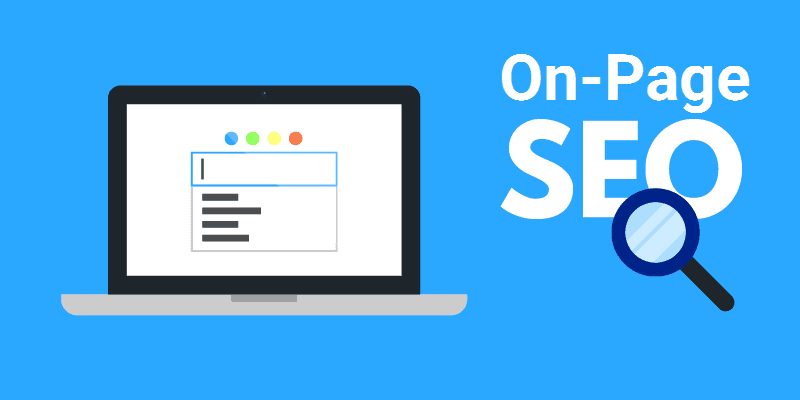
When people hear the term ‘SEO optimized article’, they think of it as some kind of bad practice. But it’s not so. Search engines are a set of algorithms. They take a look at numerable factors in order to rank your page for certain keywords.
Sometimes, despite writing a good blog you may not be able to rank on the first page of SERP. The biggest reason behind this is that you are not paying attention to SEO. Following are some of the on-page SEO techniques which will help you to rank on the first page.
Want to multiply conversions and drive more traffic to your website?
Sign up for this fantastic SEO checklist
1. Word Count Per Post
Search engines consider a post as less informative if that post has a lower word count. Such posts don’t perform well on search engines.
Image: Word count per post
As per new standards, a post must contain at least 1000 words. It’s always better to provide long-form content in your blog posts. Writing long-form content becomes even more important when you are targeting highly competitive keywords.
Even though there is no official confirmation from search engines on what should be the ideal length of a post, longer posts tend to rank higher as they contain more information. At the same time one must ensure that you are not overdoing it.
2. Write Engaging Content
One must write engaging content on your website. You can hire a content writer for this job as quality content helps to drive large traffic on your website.
You can’t get away by posting low-quality content on your website. If you try this, you will surely fail. Your post must be able to give detailed information about your target keyword.
One must learn the technique of engaging your audience. You must ask for questions from the audience and then try to answer them through your blog posts. Understand what does your audience wants to read exactly and write accordingly.
If you are not able to write engaging content then the audience won’t spend much time on your website and this will lead to an increase in bounce rate, thus damaging your rankings.
3. Blog Post Title
It is the most important on-page SEO factor. If the title of your post is attractive and optimized, more people will click on it. Usually, the more click a post gets, the higher it will rank.
Image: Blog post title
One must try to include the targeted keyword at the beginning of the title. If that is not possible, make sure it is somewhere in the title.
One should also ensure that the targeted keyword is not repeated more than once in the title, as it could damage your ranking. Also, one must ensure that the title is under 65 characters.
4. Post Permalink Structure
This is one of the most important on-page metrics. One must ensure that the URL is displayed correctly. It is necessary to include the targeted keyword in the URL.
One must avoid using symbols, brackets, special characters, commas, etc. in the URL. Make use of dashes to separate the strings in your URL structure. They are called “pretty” permalinks and are supported by the majority of the browsers.
5. Heading Tags
One must make use of heading tags to highlight headings, sub-headings and important points in a post. WordPress sets the title tag as ‘H1’. This tag must be used only once in a post.
For the other sections of the post, one should make use of H2 and H3 tags. Care must be taken to see that H2 and H3 tags are not repeated too often. Google’s algorithm doesn’t like it when H2 and H3 tags are repeated unnecessarily.
6. Keyword Density
When it comes to keyword density, there is no magic formula. One must keep the keyword density between 2-2.5% with a mix of LSI keywords. This means if your post contains 1000 words, then your targeted keyword must be mentioned at least 20 times in the post.
Google hasn’t revealed what should be the exact keyword density yet. It is recommended that one must use the keyword once in the first paragraph and once in the last paragraph of a post.
The targeted keyword must also be used wherever it makes sense in the post.
7. Meta Tags
One must add a meta description to every blog post. It should be unique and relevant. Also, one must use the targeted keyword in the meta description. At the same time, one must ensure that the targeted keyword is not repeated unnecessarily in the meta tag.
The meta description should be user-friendly and easy to understand. It should make sense and must be related to your post. Google has cleared that it doesn’t care about meta keywords.
But some search engines like Bing still care a little about them.
8. Images
Image optimization is one of the best techniques to drive traffic to your website from image searches. Images are capable of creating user engagement.
The more engaged a user is, the more time they will spend on your website, thus helping to boost your rank in SERP.
But there is one thing you must take care of.
The images shouldn’t be large in size and it slows down your website. Having a slow load time decreases your Google rank. So it becomes mandatory to compress images while using them on your website.
9. Internal Linking
One must place links to related posts inside your blog. It causes readers to spend more time on your website, which in turn helps to increase page rank of other pages on your website. Make use of a keyword as anchor text while interlinking.
Image: Internal linking
But you must ensure that you are not overdoing it. Internal linking helps to show search engines that you are providing additional information apart from what is being displayed in the content. But make sure that interlinking is not forced and is completely natural.
10. External Linking
Linking to an external website is also one of the best SEO practices. But you must do this only if the external website in relevant to the information provided by you in your blog post.
You must link to trusted websites only while external linking. But if you have a doubt about the authority of a website then use a no-follow tag to prevent passing your link juice to the bad sites.
It is recommended that you use a do-follow link for trusted websites and no-follow links for the less trusted ones. This will make your site appear more credible to search engines.
Conclusion
While it is important to focus on the on-page SEO factors but you should also consider the fact that Google doesn’t only look at on-page factors while ranking a blog.
It also takes other factors into consideration such as backlinks, domain authority, social media signals, etc while ranking your blog. Thus just focusing on on-page SEO factors doesn’t guarantee you a place on the first page of SERP.
About the Author
Optimizer in Chief
Amol has helped catalyse business growth with his strategic & data-driven methodologies. With a decade of experience in the field of marketing, he has donned multiple hats, from channel optimization, data analytics and creative brand positioning to growth engineering and sales.
 Growth Strategy and Planning
Growth Strategy and Planning Inbound Growth
Inbound Growth Growth Hacking
Growth Hacking Search Engine Optimization
Search Engine Optimization Paid and Performance Marketing
Paid and Performance Marketing Social Media Marketing
Social Media Marketing AI-Driven Growth Strategy
AI-Driven Growth Strategy
 Growth Tools
Growth Tools Offers
Offers








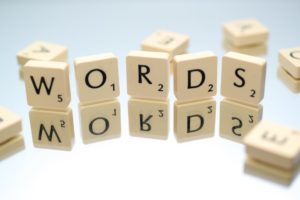
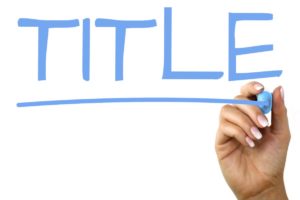
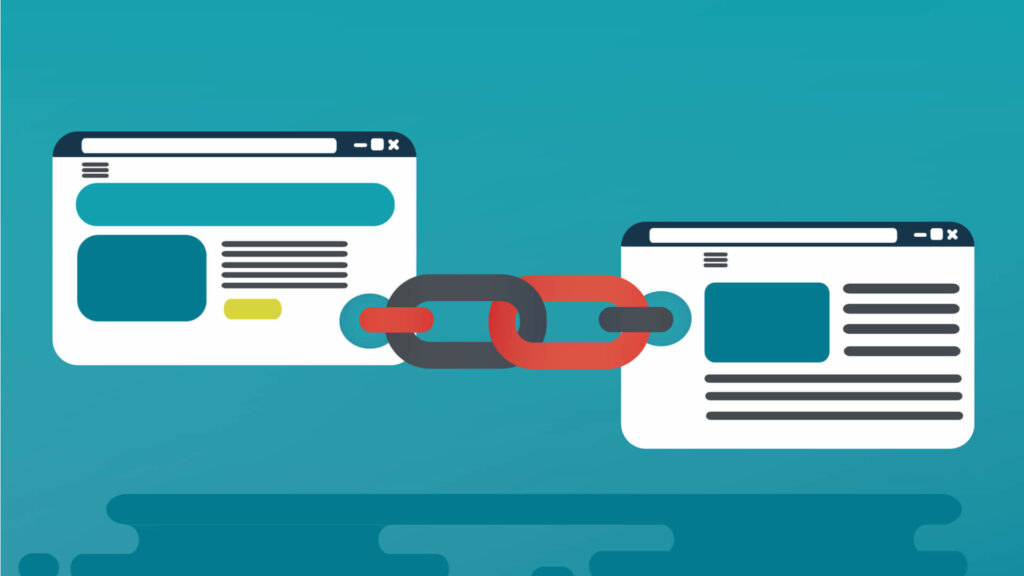
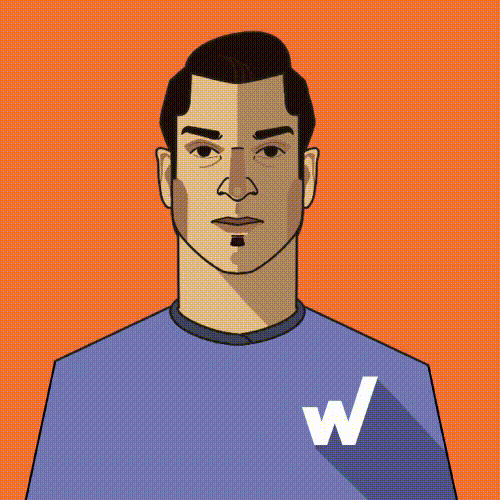

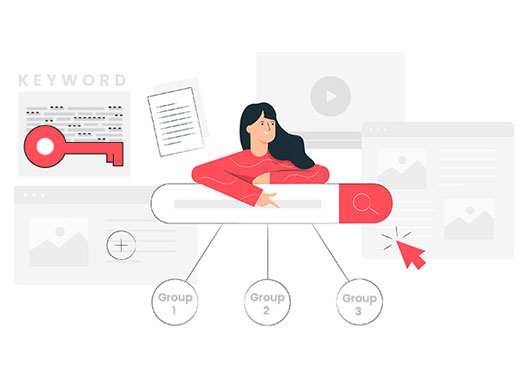
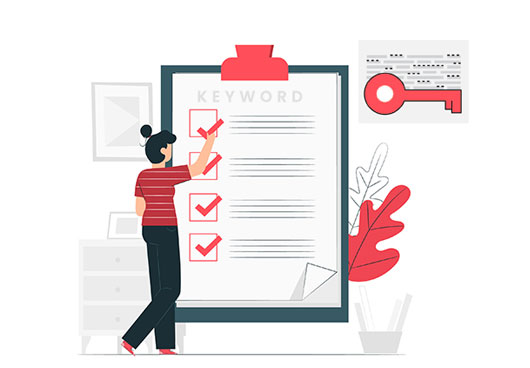

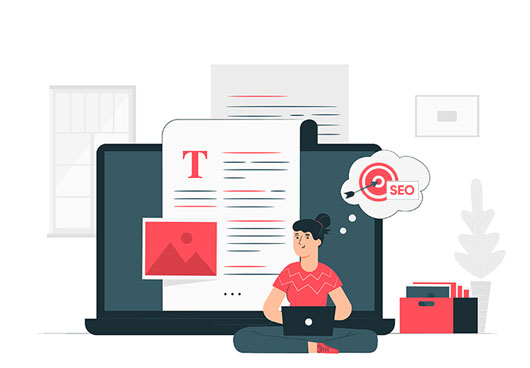
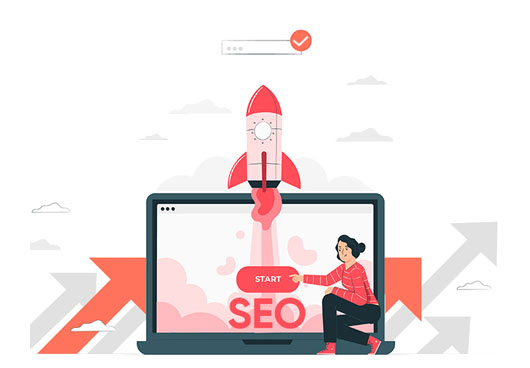
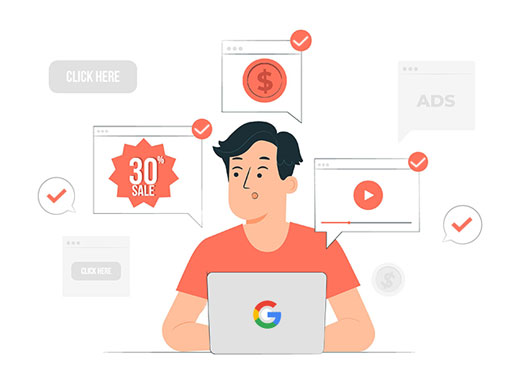



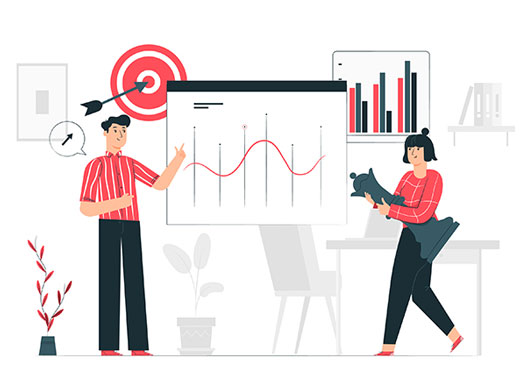
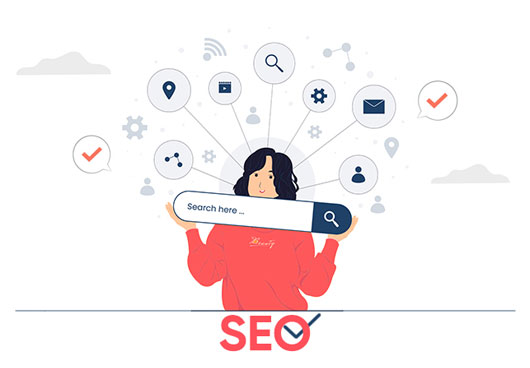


Leave a Reply